To reproduce the style of the plot image you included, you can do:
library(tidyverse)
df %>%
mutate(bin_group = gsub("\\(|\\]", "", bin_group)) %>%
separate(bin_group, sep = ",", into = c("lower", "upper")) %>%
mutate(across(lower:upper, as.numeric)) %>%
mutate(`Birth weight (g)` = (upper + lower) / 2) %>%
ggplot(aes(`Birth weight (g)`, mean_28_day_mortality)) +
geom_vline(xintercept = 1500) +
geom_point(shape = 18, size = 4) +
scale_x_continuous(labels = scales::comma) +
labs(title = "One-year mortality", y = NULL) +
theme_bw(base_family = "serif", base_size = 20) +
theme(panel.grid.major.x = element_blank(),
panel.grid.minor = element_blank(),
panel.grid.major.y = element_line(color = "black", size = 0.5),
plot.title = element_text(hjust = 0.5))

Edit
To make the specific changes to the range use the limits argument in scale_x_continuous and scale_y_continuous you can do:
library(tidyverse)
df %>%
mutate(bin_group = gsub("\\(|\\]", "", bin_group)) %>%
separate(bin_group, sep = ",", into = c("lower", "upper")) %>%
mutate(across(lower:upper, as.numeric)) %>%
mutate(`Birth weight (g)` = (upper + lower) / 2) %>%
ggplot(aes(`Birth weight (g)`, mean_28_day_mortality)) +
geom_vline(xintercept = 1500) +
geom_point(shape = 18, size = 4) +
scale_x_continuous(labels = scales::comma, limits = c(1350, 1650),
breaks = seq(1350, 1650, 50)) +
scale_y_continuous(limits = c(0, 0.1), name = NULL) +
labs(title = "One-year mortality") +
theme_bw(base_family = "serif", base_size = 20) +
theme(panel.grid.major.x = element_blank(),
panel.grid.minor = element_blank(),
panel.grid.major.y = element_line(color = "black", size = 0.5),
plot.title = element_text(hjust = 0.5))

Data used (obtained from image in question using OCR)
df <- structure(list(bin_group = structure(1:10,
levels = c("(1.35e+03,1.38e+03]",
"(1.38e+03,1.41e+03]", "(1.41e+03,1.44e+03]", "(1.44e+03,1.47e+03]",
"(1.47e+03,1.5e+03]", "(1.5e+03,1.53e+03]", "(1.53e+03,1.56e+03]",
"(1.56e+03,1.59e+03]", "(1.59e+03,1.62e+03]", "(1.62e+03,1.65e+03]"
), class = "factor"), mean_28_day_mortality = c(0.0563498, 0.04886257,
0.04467626, 0.04256053, 0.04248667, 0.04009187, 0.03625538, 0.03455094,
0.03349542, 0.02892909)), class = c("tbl_df", "tbl", "data.frame"
), row.names = c(NA, -10L))
 what I want to have:
what I want to have:
 my data frame is like this:
my data frame is like this:





